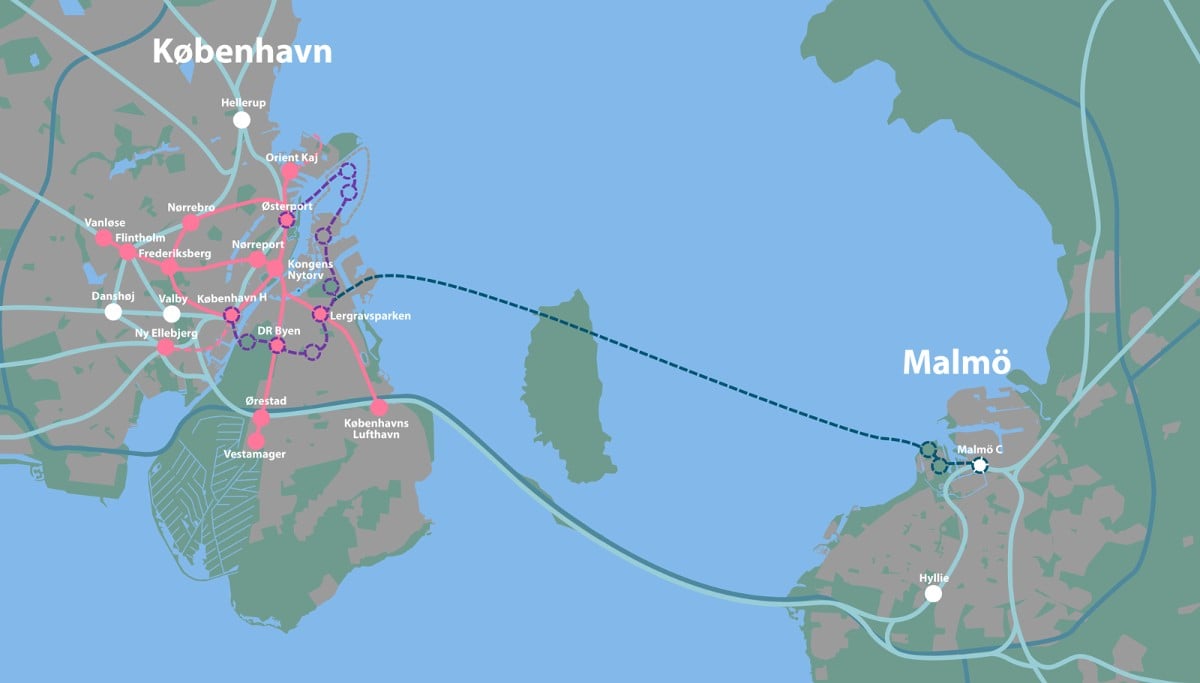Mia Nyegaard of the Social Liberal (Radikale Venstre) party, who heads the culture and leisure section of the Copenhagen City Council, told newspaper Berlingske that she wants the Olympic Games to come to the Danish capital in 2036.
Denmark should make a bid for the Olympics based on hosting the “cheapest, most sustainable and smallest Olympic Games” ever.
Nyegaard did not give a specific figure for the potential cost of bidding and hosting the Olympics in this way in Copenhagen.
It would, however, probably be necessary to build a new Olympic stadium in the city in the event of any successful bid, she said.
“Yes, I think it would (be necessary). I would loan a stadium that could be used for the Olympics and integrate both sustainability and city planning into the area at the same time. You could build an Olympic city that could be used for family and student housing afterwards,” she said.
The Copenhagen city representative also suggested potential locations for some Olympic disciplines, such as Klitmøller in West Jutland – also known as ‘Cold Hawaii’ for windsurfing, and cycling on the route to be used for the Danish stages of this year’s Tour de France.
Nyegaard admitted she is likely to be met with criticism for the idea given the size of the task involved and its potential costs.
“What if we can (do it)? What if we dare to adopt this as our vision and see it it’s possible?,” she told the newspaper.





 Please whitelist us to continue reading.
Please whitelist us to continue reading.
Member comments